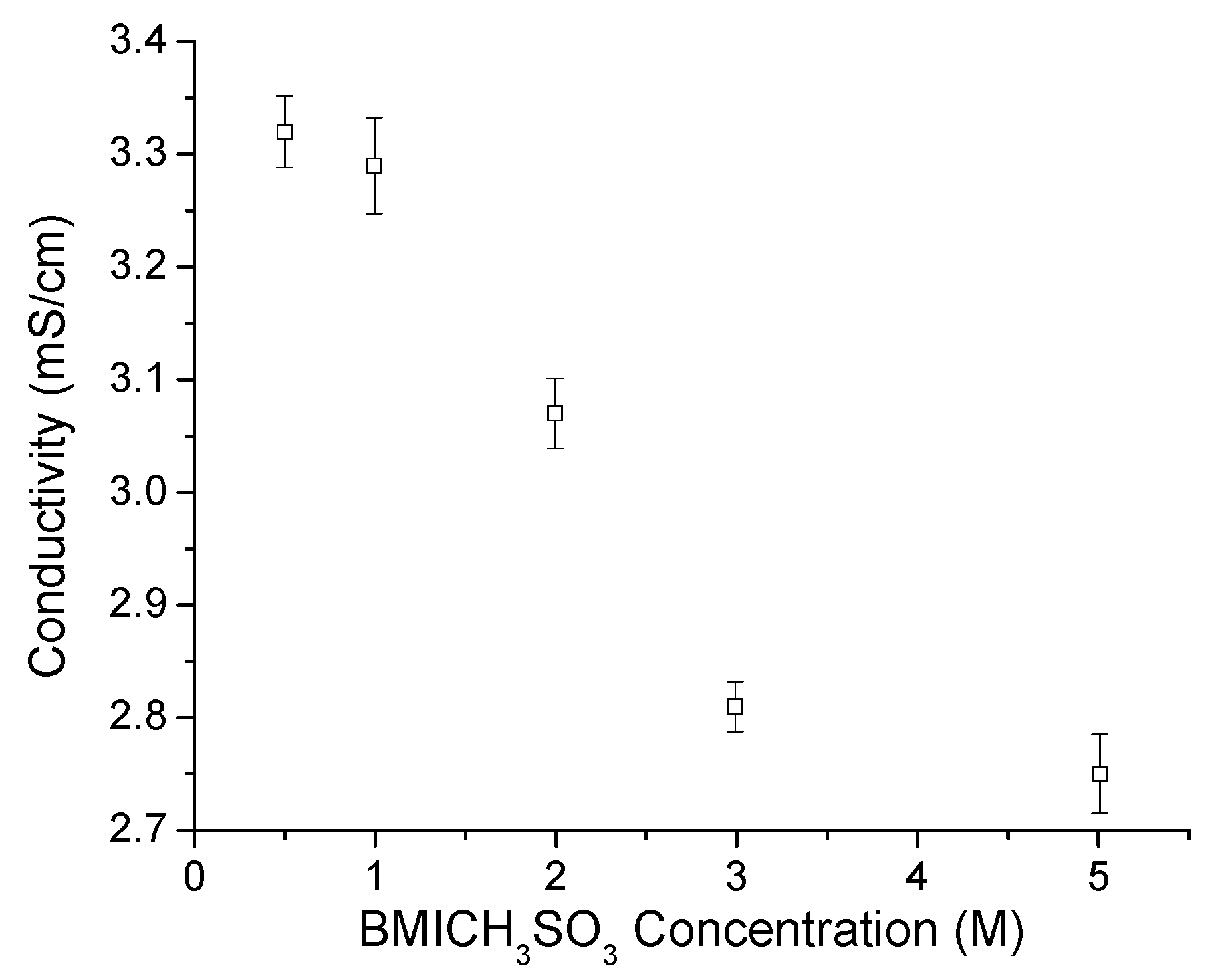
Among these developments was the emergence of organic chemistry, the branch of chemistry dealing with organic compounds, those made of carbon and a few other elements, most commonly hydrogen, oxygen, nitrogen, sulfur, phosphorus and halogens. Lavoisier published a list of chemical elements but had no means to distinguish between them and atoms the latter had to await Dalton’s atomic theory and subsequent developments that took hold in the nineteenth century. His chemistry was primarily inorganic and was based on combustion and elemental analysis. Lavoisier described his chemical philosophy and methods in his Traité Élémentaire de Chimie that provided the foundation for the emergence of modern chemistry. Boyle promoted experimentation based on purity, precision and data.Įxperimentation and quantitative analysis were moved to a higher level by French chemist Antoine-Laurent de Lavoisier (ForMemRS), who many consider as the father of modern chemistry, with Boyle viewed as the grandfather. He exposed his philosophies in his book The Sceptical Chymist, which was published in 1661, one year after the Royal Society was founded. Among the main protagonists responsible for the transition to modern chemistry from alchemy was Irish-born Robert Boyle (FRS), who was both an alchemist and a modern chemist. From these endeavours, modern chemistry emerged slowly in the eighteenth century.

But before we move forward in time, we must mention the alchemists and their practices that can be traced back to thousands of years ago in the Middle East and the Orient, and prevailed later on during the Middle Ages in Europe. Dalton’s theory was one of the most influential theoretical developments in science of all time and gave enormous momentum to further the advancement of chemistry. The latter served as the basis from which the more precise atomic theory of the English chemist and physicist John Dalton, a Fellow of the Royal Society (FRS), emerged at the dawn of the nineteenth century. The curiosity about nature, however, drove the Ancient Greeks to think and speculate about matter, a practice that led to Democritus’ atomic theory. The artefacts left behind from ancient civilizations like those of the Egyptians, Babylonians, Greeks, Romans and Chinese provide evidence for such endeavours, although there was no significant understanding of the nature of these transformations. But what were the conditions and foundations that allowed this science to emerge? And from where did they come? To answer these questions, we must go back to ancient times, when humans were practising transformations of matter as a means to prepare food, medicines, dyes, tools and weapons. And although its foundations go back before that era, this initial event, together with developments in structural theory and analytical techniques, gave momentum to its advancement and application in several fields.

One of the most profound of these discoveries is the advent of organic synthesis as marked by Wöhler’s synthesis of urea. The world has changed dramatically in the last two centuries as a result of scientific discoveries and their applications. Technologies derived from it, and organic synthesis in general, have led to an impressive host of benefits to society, including useful products ranging from pharmaceuticals, dyes, cosmetics and agricultural chemicals to diagnostics and high-technology materials used in computers, mobile phones and spaceships . The creative nature of total synthesis earned this discipline the privilege of being called a fine art and a precise science. Such molecules are commonly known as natural products, a term usually referring to secondary metabolites. Its birth goes back to 1828, when German chemist Friedrich Wöhler, a Foreign Member of the Royal Society (ForMemRS), synthesized urea, an example of a naturally occurring substance from the living world. The ability of man to replicate the molecules of living creatures, and create other molecules like them, is a remarkable development in human history. The flagship of organic synthesis is total synthesis, the endeavour of synthesizing the molecules of living nature in the laboratory. A subdiscipline of synthesis is organic synthesis, the art and science of constructing substances, natural or designed, whose primary element is carbon. molecules) from which we derive our most precious material items. The latter practice, synthesis, is of paramount importance to our well-being, for through it we create new chemical entities (i.e. Its power derives from its ability to analyse and synthesize molecules from atoms and other, more or less complex, molecules. It is, therefore, not a surprise that chemistry, the science of matter, is considered by many as the central science lying between physics and biology.

Among what matters the most is matter itself.


 0 kommentar(er)
0 kommentar(er)
